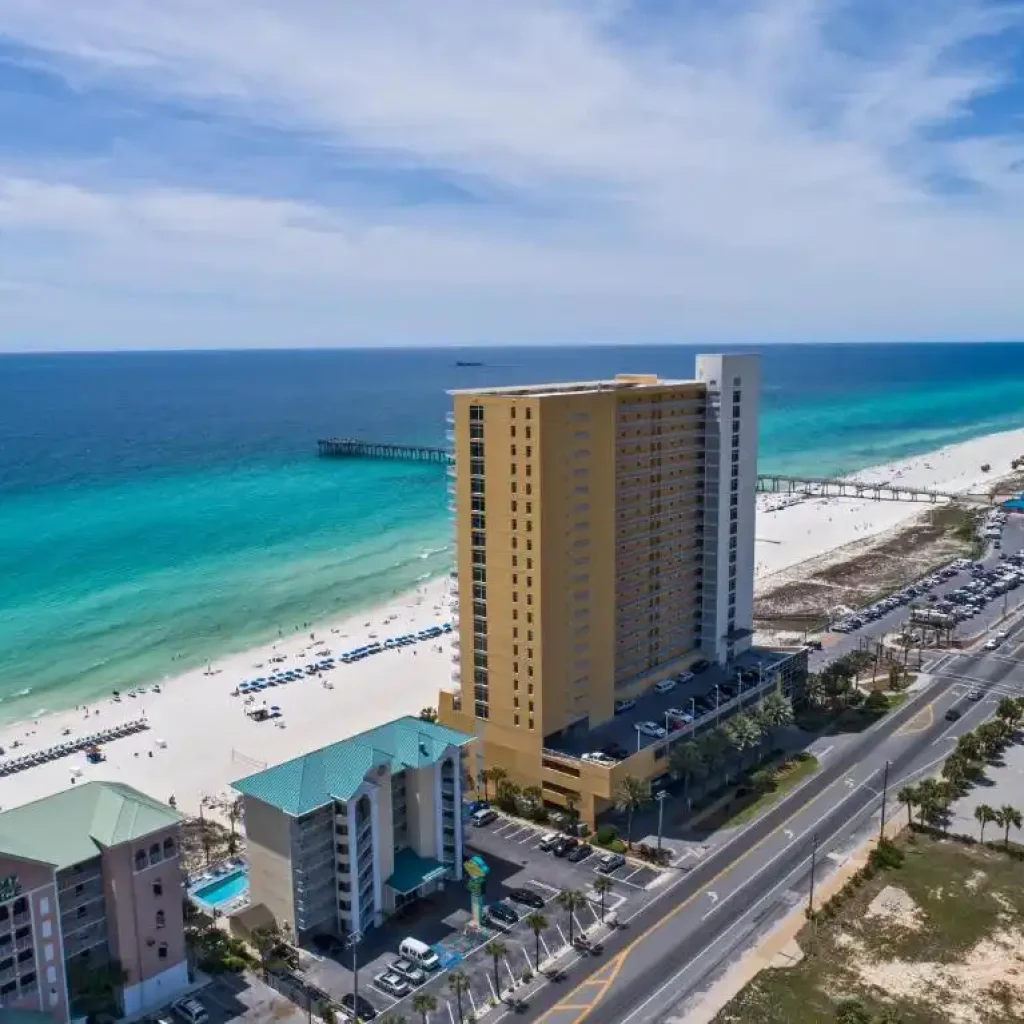LAMOTH Museum: Hidden Gem in LA for Travelers & History Fans
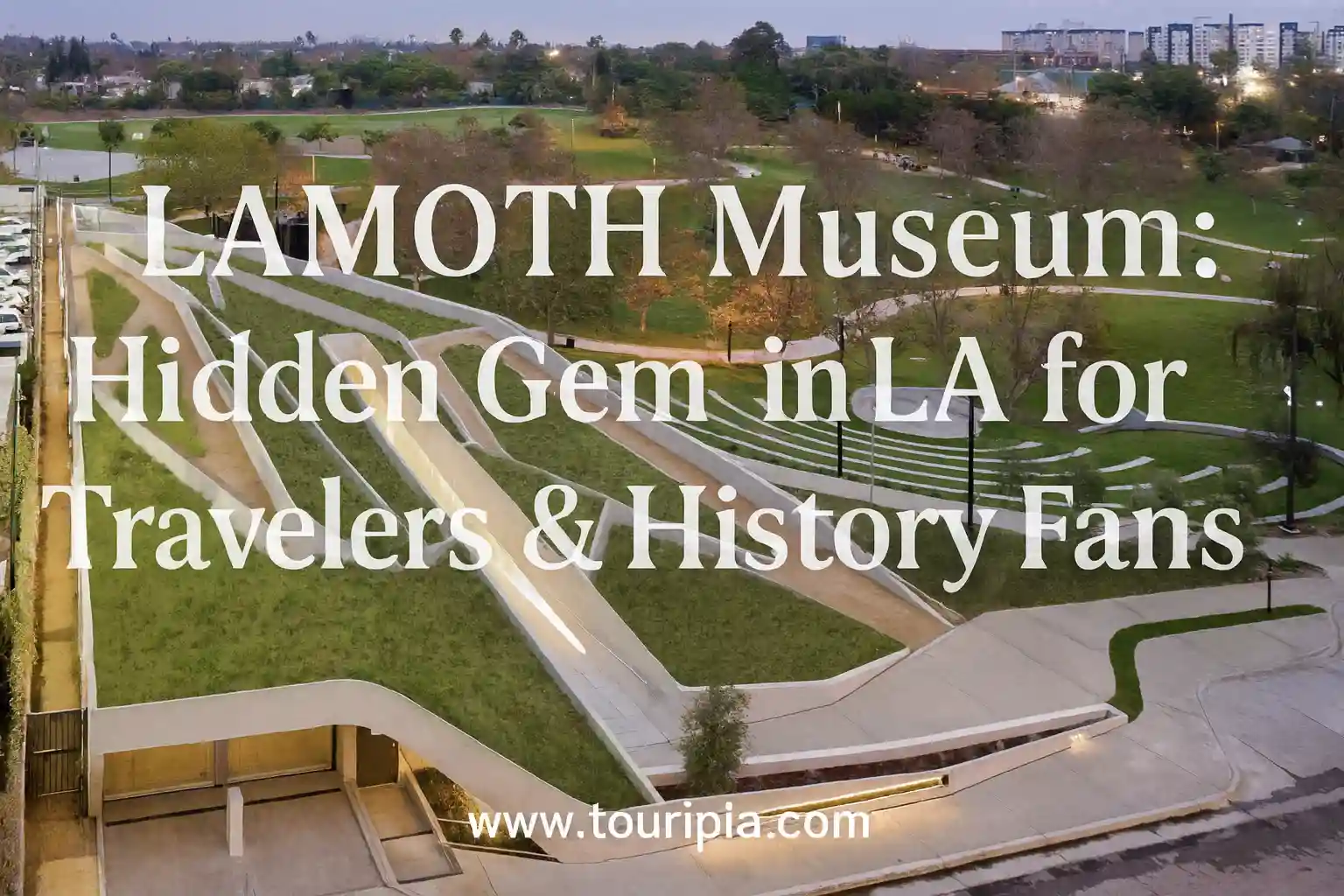
The LAMOTH Museum is one of Los Angeles’s most meaningful yet often overlooked landmarks. Also known as the Holocaust Museum LA, it offers a deep, emotional look into one of history’s darkest periods through the eyes of those who lived it. Founded by Holocaust survivors, this museum stands as both a memorial and a lesson in resilience.
Travelers who enjoy exploring history beyond the typical tourist spots will find this visit profoundly moving. The exhibits combine personal stories, rare artifacts, and modern design to make the experience accessible and unforgettable.
Exploring LAMOTH Museum LA
In this guide, you’ll learn how the museum began, what to expect during your visit, and why it remains one of the most respected cultural sites in Los Angeles.
1. History and Background of LAMOTH
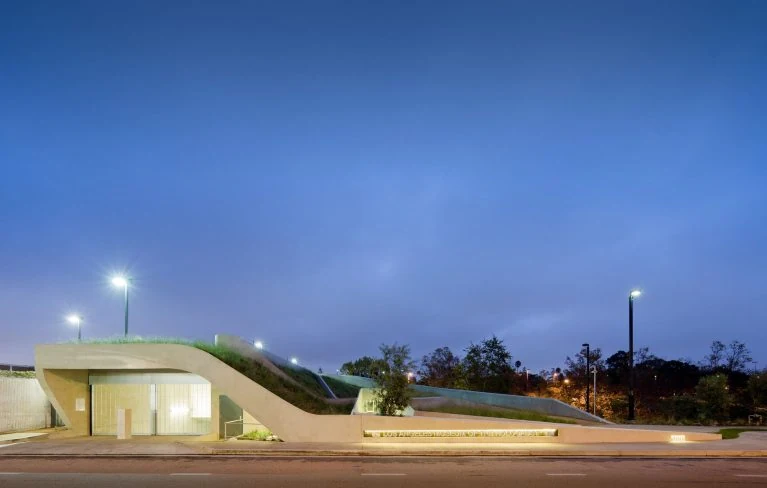
The Los Angeles Museum of the Holocaust began in 1961 when a small group of Holocaust survivors started sharing personal artifacts and stories with students at Hollywood High School. What started as an informal project quickly evolved into a lasting institution focused on Holocaust education and remembrance.
By 2010, the museum opened its permanent location beside Pan Pacific Park, an intentional choice that symbolizes growth and renewal. The Holocaust Museum LA building is partly underground, representing the hidden stories of those who suffered during the Holocaust while blending seamlessly into the park’s landscape.
Designed with sustainability in mind, the museum earned recognition as one of the first green museums in the United States. It remains the oldest Holocaust Museum Los Angeles has, and continues to serve as a living monument built by survivors to honor their lost families and teach future generations about the dangers of hate and indifference.
2. Exploring the Museum: Exhibits and Collections
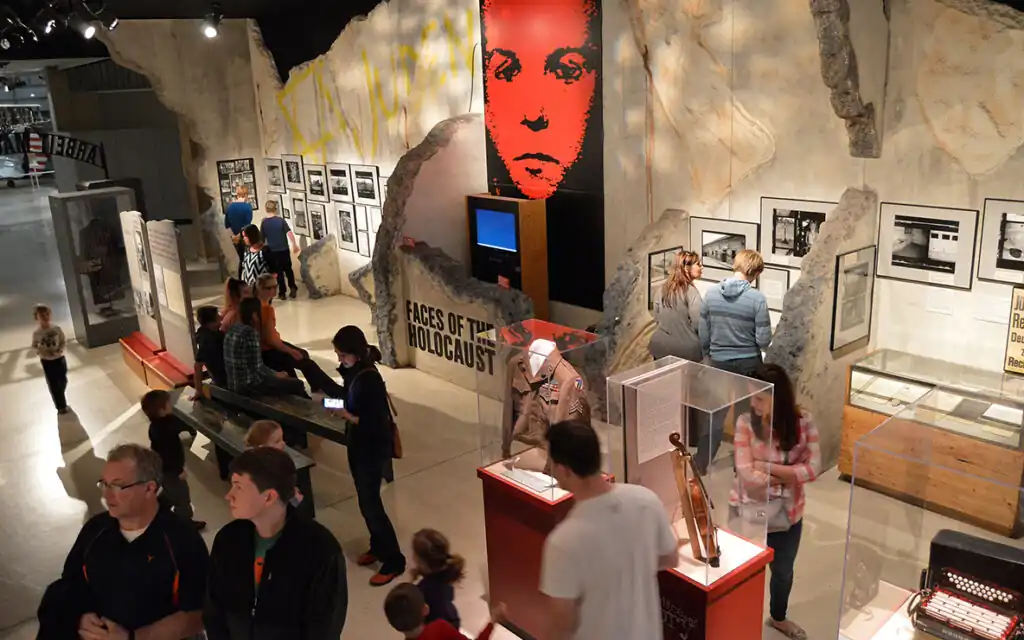
Visitors entering the Holocaust Museum LA immediately feel the power of history. The museum’s core collection includes thousands of items—photographs, clothing, and documents that once belonged to victims and survivors. Among the most striking displays is “Objects From the Concentration Camps,” where each item carries a story of courage or loss.
The LA Museum of the Holocaust also features a detailed model of the Sobibor death camp and powerful installations like Holocaust By Bullets, which reveals lesser-known stories from Eastern Europe. These exhibits, along with survivor testimonies, help humanize statistics and bring visitors face-to-face with real people who endured unimaginable suffering.
Interactive technology enhances the experience. Audio guides, available in English and Spanish, offer insight into each exhibit, while touchscreens and video archives allow deeper exploration. New visitors should also explore temporary exhibits that rotate throughout the year, often tied to modern reflections on Holocaust history and art.
Behind every display lies a personal connection. Many objects were donated by Holocaust survivors or their families, making each artifact a bridge between the past and present. Together, they remind visitors that remembrance is an active responsibility, not a passive experience.
3. Visitor Experience and Practical Information
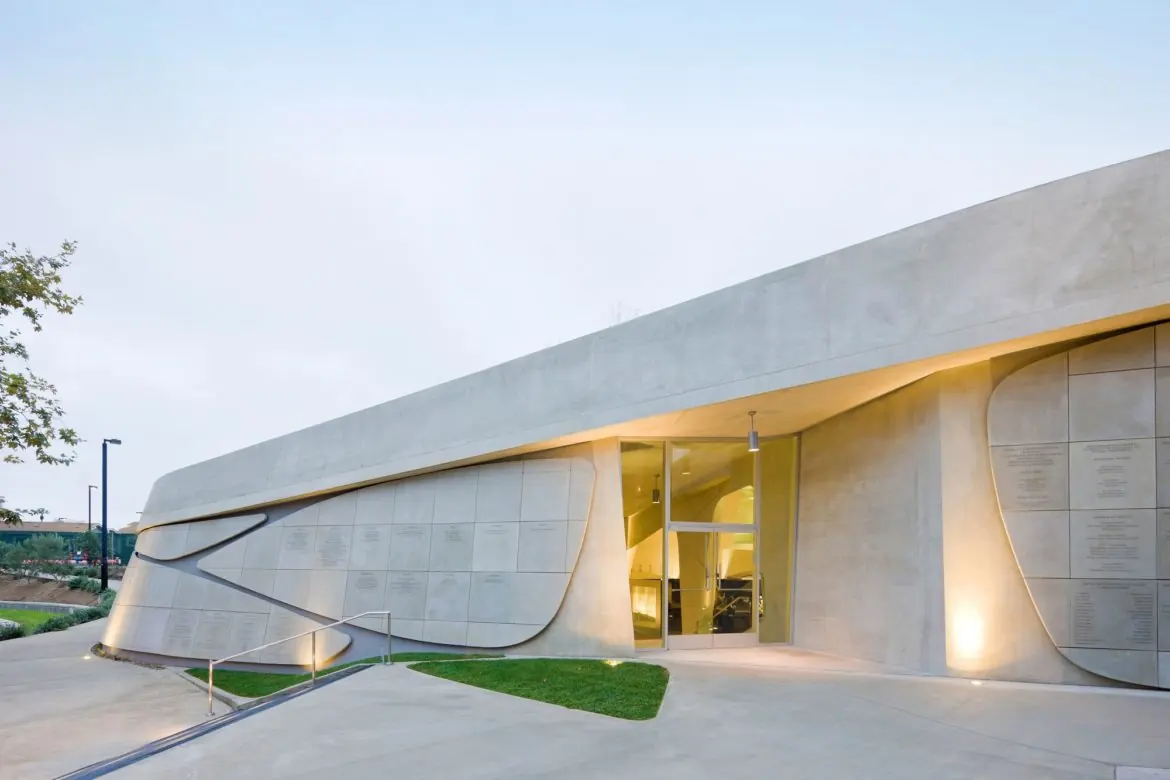
A visit to the Holocaust Museum LA is both educational and deeply personal. The museum’s layout flows in chronological order, guiding you from pre-war Jewish life to the rise of Nazi Germany and through the stories of survivors who rebuilt their lives in Los Angeles. The space feels calm and reflective, designed to let you move at your own pace.
Audio guides are available through your smartphone using QR codes or museum-provided devices. They provide commentary from curators and historians, giving context to artifacts and exhibits. Visitors are encouraged to spend time with the stories—they’re detailed and emotional.
Visitor tips:
- Plan at least two hours for a full experience.
- Arrive early to enjoy the quiet morning hours.
- Admission is free, but reservations through the museum’s website are encouraged.
- Public transport via Fairfax Avenue is convenient; limited parking is also available nearby.
- The building is fully accessible for wheelchairs and strollers.
After the visit, you can relax in nearby Pan Pacific Park or explore other cultural spots like the Museum of Tolerance, located a short drive away.
Local cafés and restaurants nearby offer a good break to reflect on what you’ve seen before continuing your Los Angeles journey.
4. Educational and Cultural Significance
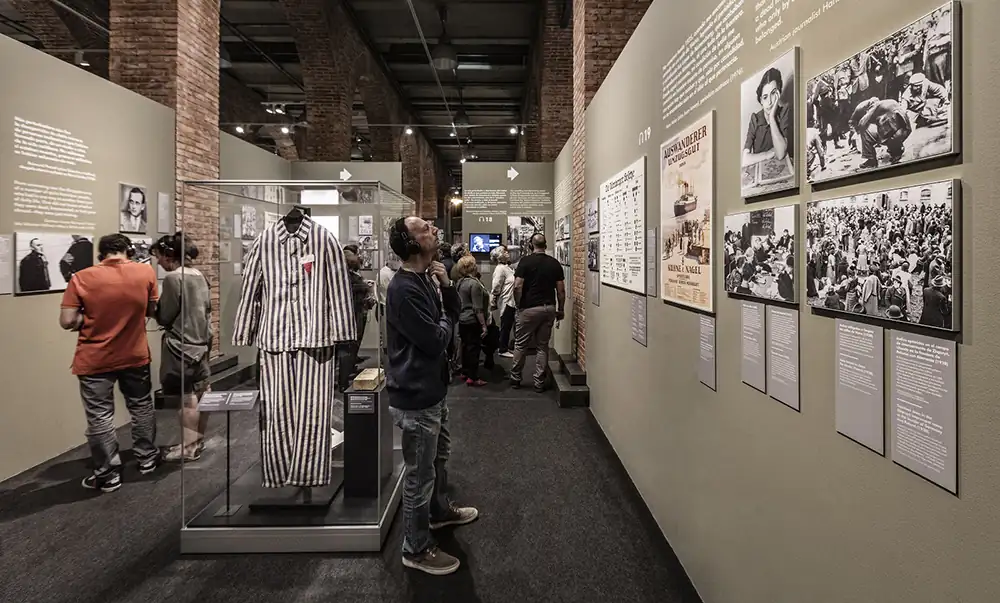
The Los Angeles Museum of the Holocaust isn’t only a historical site; it’s an active center for Holocaust education and remembrance. School programs, guided tours, and community workshops help keep history alive for younger generations.
Each year, the museum partners with educators to design interactive lessons and memorial events that promote understanding and empathy.
A key part of its mission is connecting visitors with survivor testimonies. Hearing a survivor share their story—sometimes in person or through recorded interviews—adds depth that no textbook can match. The museum also participates in Holocaust commemoration ceremonies and global events that honor victims of genocide.
Its educational outreach extends beyond the building too. Teachers can access resources for classroom learning, and visitors are encouraged to engage in ongoing discussions about prejudice, tolerance, and human rights. In this way, Holocaust Museum LA serves as both a historical archive and a living classroom for everyone who walks through its doors.
5. Unique Insights and Special Features
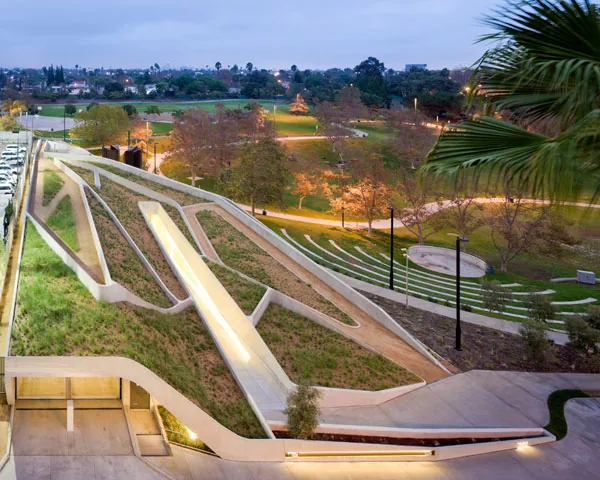
Beyond its exhibits, the Holocaust Museum LA stands out for its unique architecture and sustainable design. Built partially underground, it uses natural lighting and temperature control to reduce energy use, symbolizing the rise from darkness into light.
Special events are a major draw. Each year, the museum hosts lectures, film screenings, and panels where historians and Holocaust survivors share personal insights. It also runs the Holocaust Art and Writing Contest, which encourages students to express lessons from history through creative work.
For those interested in research, the Holocaust Documentation & Education Center offers access to rare documents and archives. Scholars and family members often visit to trace ancestry or study Holocaust By Bullets records—eyewitness documentation of mass executions in Eastern Europe.
When comparing Holocaust Museum LA vs Museum of Tolerance, visitors often note that LAMOTH focuses more on authentic survivor artifacts, while the other emphasizes interactive moral education. Both contribute significantly to awareness and Holocaust commemoration across the U.S.
Planning Your Visit: Tips for Travelers and History Fans
Visiting the LAMOTH Museum takes planning, but it’s worth every moment. Whether you’re a local or traveler, set aside at least two to three hours for a complete experience. The exhibits require emotional focus and time to process, so avoid rushing.
Here’s a quick visitor guide:
| Detail | Information |
|---|---|
| Recommended Duration | 2–3 hours |
| Best Time to Visit | Weekday mornings (10 AM–12 PM) |
| Admission | Free; donations appreciated |
| Location | 100 The Grove Dr, Los Angeles, CA |
| Accessibility | Wheelchair accessible; assistive listening available |
| Photography | Allowed in certain areas (check signage) |
| Nearby Attractions | Pan Pacific Park, Farmers Market, The Grove |
Traveler Tips
- Prepare emotionally; the exhibits are powerful and thought-provoking.
- Families with children can start at the Children’s memorial, which gently introduces young visitors to remembrance themes.
- Check the museum’s holocaust museum la instagram page for updates on new exhibits and events.
- Look for the holocaust museum la post section on their website to read reflections from staff and visitors.
- Those interested in architecture or sustainability can ask about the museum’s green-building features.
End your visit by exploring nearby Los Angeles attractions or visiting the Holocaust Memorial in Berlin online to understand the global impact of remembrance design.
Final Thoughts
The LAMOTH Museum stands as one of the most moving experiences in Los Angeles. Built by survivors and sustained by educators and volunteers, it continues to preserve stories that must never be forgotten. Whether you come for history, reflection, or cultural understanding, the LA Museum of the Holocaust leaves a lasting impression.
Plan your visit, take your time, and let the exhibits speak to you. This hidden gem proves that remembrance isn’t confined to textbooks—it lives through stories, voices, and places like this remarkable museum.
Frequently Asked Questions
1. Is the museum suitable for children?
Yes, but with care. The Children’s memorial section offers an age-appropriate introduction to remembrance.
2. Are guided tours available?
Yes, both private and group tours are offered. Booking ahead is recommended.
3. Can visitors take photos inside?
Yes, non-flash photography is allowed. Many visitors share their experiences through holocaust museum la photos.
4. What languages are the audio guides in?
Audio guides are available in English and Spanish.
5. How does the museum handle accessibility?
The museum has ramps, elevators, and friendly holocaust museum la staff ready to assist all visitors.
6. How does it compare to other Holocaust museums?
The holocaust museum la vs museum of tolerance debate usually comes down to focus. LAMOTH highlights survivor artifacts, while the other centers on moral lessons and social justice.
7. Where can I read more about visitor experiences?
Check holocaust museum la reviews online for authentic feedback from recent guests.
Recent Posts
 How to Visit Victoria Falls the Smoke That Thunders in 5 Days (No-Stress Guide)
How to Visit Victoria Falls the Smoke That Thunders in 5 Days (No-Stress Guide) 20 Surreal Places in Mexico That Feel Too Dreamy to Be Real (2025)
20 Surreal Places in Mexico That Feel Too Dreamy to Be Real (2025) What Makes Santiago Ways the Most Trusted Camino Agency?
What Makes Santiago Ways the Most Trusted Camino Agency? What Makes Orbis Ways the Go-To Choice for Outdoor Travel Enthusiasts?
What Makes Orbis Ways the Go-To Choice for Outdoor Travel Enthusiasts? Holiday Party Planning 101: Why Transportation Should Be at the Top of Your List
Holiday Party Planning 101: Why Transportation Should Be at the Top of Your List






